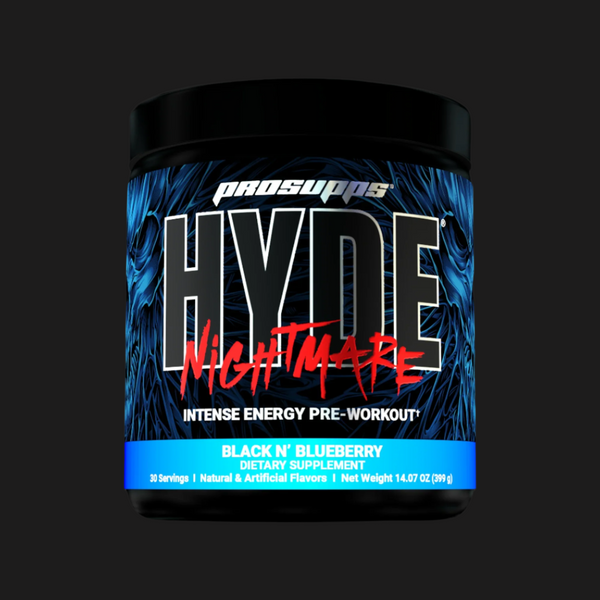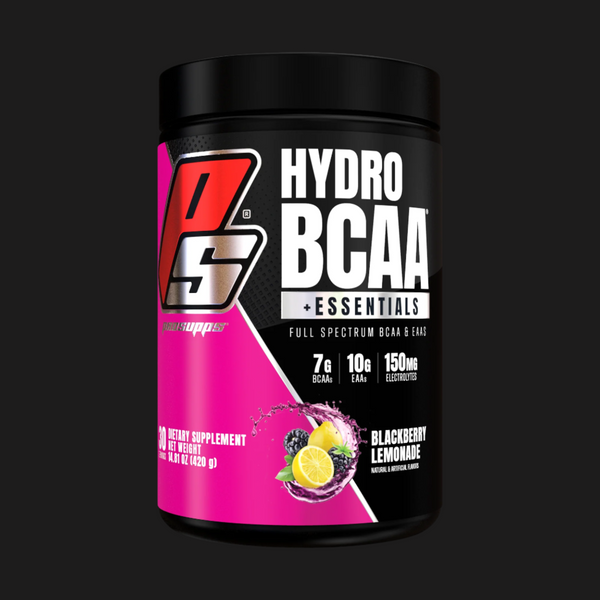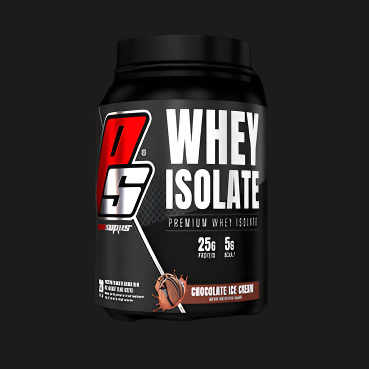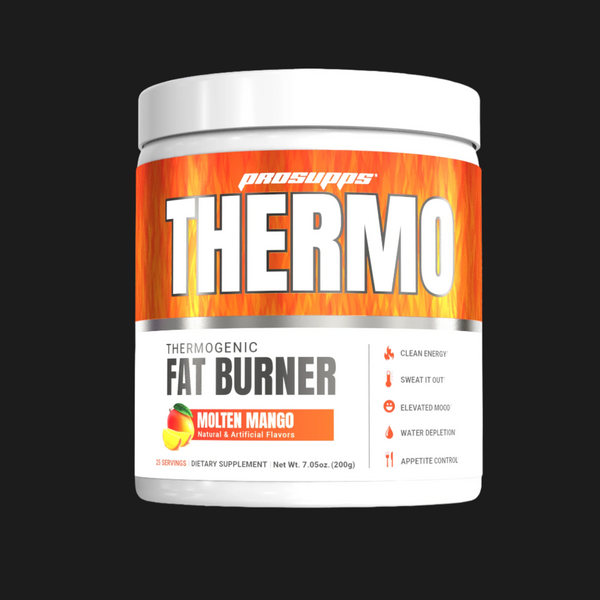U.S. bans artificial dyes: What it means for consumers
 Written by Pri Prunella
Written by Pri Prunella October 21, 2025
The U.S. bans artificial dyes after years of health concerns and growing consumer demand for cleaner, safer foods. In 2025, the FDA announced a nationwide phase-out of petroleum-based synthetic food dyes, marking a historic shift in how foods are colored. This decision reflects public health priorities and consumer interest, as parents, advocacy groups, and health experts have raised concerns over links between artificial dyes, hyperactivity, allergies, and other health risks. Globally, regions like the EU and UK have already restricted synthetic dyes, and the U.S. is now joining the international movement toward safer, more transparent food systems. In this article, we will explore why the U.S. is tagging along.
What are artificial dyes and artificial food dyes?
Artificial dyes are man-made, petroleum-based chemicals used to enhance the color of food and beverages. They make products brighter, more consistent, and visually appealing, helping brands stand out on shelves. You’ll commonly find them in candies, breakfast cereals, soft drinks, sports beverages, frostings, desserts, and even certain medications and vitamins.
The key difference between artificial and natural dyes lies in their source: artificial dyes are chemically engineered from petroleum, while natural dyes are extracted from plants, minerals, or insects.
Common types of artificial dyes banned in the U.S.
The artificial dyes banned under the FDA’s new regulation include some of the most widely used:
- Red 40 (Allura Red AC): Common in sodas, candy, and desserts.
- Yellow 5 (Tartrazine): Popular in cereals, chips, and flavored drinks.
- Yellow 6 (Sunset Yellow): Used in baked goods, gelatin, and sauces.
- Blue 1 and Blue 2: Found in candy coatings, frostings, and beverages.
- Green 3: Used less often, but found in candies and ice creams.
- Red 3 (Erythrosine): Once popular in cake decorations and sweets, now recognized as carcinogenic in animal studies.
These dyes became industry staples thanks to their low cost and bright appearance, but their risks are no longer being ignored.
How are artificial dyes made & where are they used?
Artificial dyes are synthesized from petrochemical sources, undergoing chemical reactions that yield consistent, stable pigments. Unlike natural alternatives, these dyes don’t fade easily, which is why the food industry has relied on them for decades.
They are most common in:
- Children’s foods (cereals, candies, fruit snacks)
- Mass-produced baked goods
- Packaged drinks (sports beverages, sodas)
- Pharmaceuticals and supplements
The U.S. artificial dye ban
The U.S. artificial dye ban addresses growing evidence of risks, including: hyperactivity and ADHD-like symptoms in children, allergic reactions and sensitivities, and animal studies linking dyes to cancer or organ damage.
Scientific evidence linking artificial dyes to health concerns
Multiple studies have found associations between synthetic dyes and behavioral changes in children. For example, a widely cited study in The Lancet linked artificial food colors to increased hyperactivity in young children. The most decisive case is Red 3, banned after animal studies showed it could cause thyroid tumors.
FDA’s role in the ban on artificial dyes
The FDA’s decision to phase out artificial dyes followed years of review, consultation, and public pressure. This year, the FDA concluded that petroleum-based dyes were no longer essential to the food system and that safer, natural alternatives could adequately replace them. In official statements, the FDA emphasized both consumer safety and the importance of aligning U.S. standards with international practices.
U.S. artificial dye ban timeline
The phase-out will unfold over several years, allowing manufacturers time to reformulate products and adjust supply chains. Red 3 will be banned from foods by 2027 and from pharmaceuticals by 2028. Other commonly used dyes such as Red 40, Yellow 5, Yellow 6, Blue 1, Blue 2, and Green 3 are scheduled for removal by 2026 and 2027. The FDA has also moved to revoke older dyes like Citrus Red 2 and Orange B.
How the ban on artificial dyes will impact the food industry
For the food industry, the ban represents both a challenge and an opportunity. Reformulating products to remove synthetic dyes requires investment in research and development, as natural colors are more expensive and less stable. Heat and light can cause natural pigments to fade or alter, meaning manufacturers must adapt recipes and packaging to maintain visual appeal.
Brand reformulations & marketing strategies
Despite these hurdles, many companies have already begun the transition. Kraft Heinz, for example, has pledged to remove artificial dyes from iconic products like Jell-O and Kool-Aid by 2027, while Campbell’s is reformulating soups and snacks to use vegetable-based colorings. Even here at ProSupps, we have long highlighted our use of clean-label formulas without artificial dyes. These shifts also open the door to marketing opportunities, as consumers increasingly seek out “no artificial colors” labels and gravitate toward brands that emphasize transparency and natural ingredients.
Costs and challenges of switching to natural dyes
The shift to natural dyes is not without its challenges! Plant-based colorants are generally less stable than synthetic options, sometimes fading when exposed to heat or light, and they can subtly alter the flavor or appearance of finished products. Sourcing these natural ingredients can also be more expensive and complex, requiring adjustments to supply chains and production methods.
Market opportunities for clean-label products
Consumers, especially parents and younger shoppers, are increasingly seeking products that emphasize natural ingredients and transparency, making “no artificial colors” a powerful selling point. Brands that successfully reformulate their products not only comply with regulations but also gain a competitive edge in a market that rewards health-conscious choices.
Public reaction to the U.S. artificial food dye ban
The announcement of the U.S. artificial food dye ban has been met with broad approval from the public. Advocacy groups have celebrated the decision as long overdue, highlighting the potential health benefits for children and other vulnerable populations. Parents and school communities have responded positively, emphasizing the importance of removing synthetic dyes from products frequently consumed by children. On social media, public petitions and “no dye” movements have gained traction, increasing pressure on brands to accelerate reformulation and align with consumer expectations.
How the U.S. ban on artificial dyes compares globally
The U.S. move to phase out artificial dyes also brings the country closer to international standards, particularly those established in Europe and the United Kingdom. In the EU, for instance, several artificial dyes are banned or require warning labels to alert parents to potential behavioral effects in children.
Europe’s ban on artificial food dyes
Europe’s approach to banning artificial food dyes has been gradual. Certain synthetic dyes were removed from the market, while others remain permitted only with clear labeling. The EU’s actions have demonstrated the feasibility of transitioning food products to safer color alternatives without disrupting the supply chain or consumer experience. The U.S. can now draw on these precedents, learning from both successes and challenges encountered abroad.
Why the U.S. lagged behind other countries
The U.S. lagging behind other countries stemmed from a combination of factors. Strong lobbying from major food corporations delayed regulatory action, while the FDA historically took a cautious, risk-based approach to synthetic dyes. Cultural preferences also played a role, as consumers had long been accustomed to vividly colored foods in the United States.
What the ban means for consumers
For consumers, the ban means learning how to identify and avoid synthetic dyes during the transition period. Artificial dyes can still be found in sodas, candies, cereals, and processed snacks until the phase-out is complete. Reading ingredient labels is the most reliable way to spot them, with names typically appearing as “FD&C Red No. 40” or “FD&C Yellow No. 5.” In the meantime, shoppers can look for products already labeled as free from artificial colors or choose items that use natural alternatives like beet juice, turmeric, spirulina, or purple carrot.
The future of food without artificial dyes
The ban on artificial dyes represents more than a regulatory change; it is a cultural shift toward cleaner, more transparent food systems. By eliminating synthetic colorings, the food industry can reduce potential health risks, restore consumer trust, and create opportunities for innovation in natural ingredients. While the transition will require time and investment, the long-term benefits for public health and consumer confidence are profound. As the United States joins the global movement toward safer food, the future looks increasingly bright and naturally colorful.
FAQs
What artificial dyes are banned in the U.S.?
The ban covers Red 3, Red 40, Yellow 5, Yellow 6, Blue 1, Blue 2, Green 3, Citrus Red 2, and Orange B.
When will artificial dyes be completely banned in the U.S.?
Most dyes will be phased out by 2026 and 2027, with Red 3 removed from foods by 2027 and from drugs by 2028.
Are artificial food dyes safe?
Although once considered safe, new studies suggest risks including hyperactivity, allergic reactions, and possible carcinogenic effects, leading regulators to act out of caution.
Which foods still contain artificial dyes?
Until the phase-out is complete, consumers can expect to find them in candies, cereals, sodas, baked goods, and certain medications.
What are natural alternatives to artificial food dyes?
Common substitutes include beet juice, turmeric, spirulina, annatto, butterfly pea flower, and purple carrot concentrate.
References
- Allura Red AC (red dye 40) | Research Starters | EBSCO Research. (n.d.). EBSCO. https://www.ebsco.com/research-starters/health-and-medicine/allura-red-ac-red-dye-40
- What to know about Yellow 5 food Dye. (2024, February 25). WebMD. https://www.webmd.com/diet/what-to-know-yellow-5-food-dye
- Yellow Dye 6 - American International Ingredients, Inc. (2024, December 16). American International Ingredients, Inc. https://www.americaninternationalingredients.com/ingredient-categories/colors-dyes/yellow-dye-6/
- Program, H. F. (2025, January 15). FDA to revoke authorization for the use of Red No. 3 in food and ingested drugs. U.S. Food And Drug Administration. https://www.fda.gov/food/hfp-constituent-updates/fda-revoke-authorization-use-red-no-3-food-and-ingested-drugs
- Office of the Commissioner. (2025, April 22). HHS, FDA to phase out Petroleum-Based synthetic dyes in nation’s food supply. U.S. Food And Drug Administration. https://www.fda.gov/news-events/press-announcements/hhs-fda-phase-out-petroleum-based-synthetic-dyes-nations-food-supply
- Vandana Singh, Chetan Pandit, Arpita Roy, Soumya Pandit, Ashutosh Kumar Rai, Anju Rani, Nishant Ranjan, Sarvesh Rustagi, Sumira Malik, Degradation of food dyes via biological methods: A state-of-the-art review, Bioresource Technology Reports, Volume 25, 2024.
- Arnold, L. E., Lofthouse, N., & Hurt, E. (2012). Artificial Food Colors and Attention-Deficit/Hyperactivity Symptoms: Conclusions to Dye for. Neurotherapeutics, 9(3), 599–609. https://doi.org/10.1007/s13311-012-0133-x
- Donna McCann, Angelina Barrett, Alison Cooper, Debbie Crumpler, Lindy Dalen, Kate Grimshaw, Elizabeth Kitchin, Kris Lok, Lucy Porteous, Emily Prince, Edmund Sonuga-Barke, John O Warner, Jim Stevenson, Food additives and hyperactive behaviour in 3-year-old and 8/9-year-old children in the community: a randomised, double-blinded, placebo-controlled trial, The Lancet, Volume 370, Issue 9598, 2007,
- https://news.kraftheinzcompany.com/press-releases-details/2025/Kraft-Heinz-Commits-to-Remove-FDC-Colors-From-Its-U-S--Portfolio-Before-the-End-of-2027-and-Will-Not-Launch-New-Products-in-the-U-S--With-FDC-Colors-Effective-Immediately/default.aspx
- Kumar, P. (2025, June 6). Food Colouring Agents: Natural vs. Synthetic Options - Agriculture Notes by Agriculture.Institute. Agriculture Institute. https://agriculture.institute/food-chemistry-and-physiology/food-colouring-natural-vs-synthetic/
- Curran, L. (2010, July 21). EU places warning labels on foods containing dyes | Food Safety News. Food Safety News. https://www.foodsafetynews.com/2010/07/eu-places-warning-labels-on-foods-containing-dyes/
GET LEAN
 Why You're Struggling
Can't Lean Out? Here's Why You're Struggling
Why You're Struggling
Can't Lean Out? Here's Why You're Struggling
We all know the feeling. You’ve been working hard in the gym, sticking to your diet and getting in your...
 Weight Loss
Choosing the Best Protein Powder for Weight Loss
Weight Loss
Choosing the Best Protein Powder for Weight Loss
Struggling to shed body fat and lean out? You might need to focus more on your nutrition, specifically your protein...
 Weight Loss
9 Ways to Speed Up Your Weight Loss and Burn More Fat
Weight Loss
9 Ways to Speed Up Your Weight Loss and Burn More Fat
Weight loss is a major goal for more than 40 percent of Americans. Is it something you’re working toward, too?
 Workout Routine
10 Tips for Building a Sustainable Workout Routine
Workout Routine
10 Tips for Building a Sustainable Workout Routine
Starting a fitness journey is an exciting time, but maintaining a sustainable workout routine can be challenging. From setting realistic...





